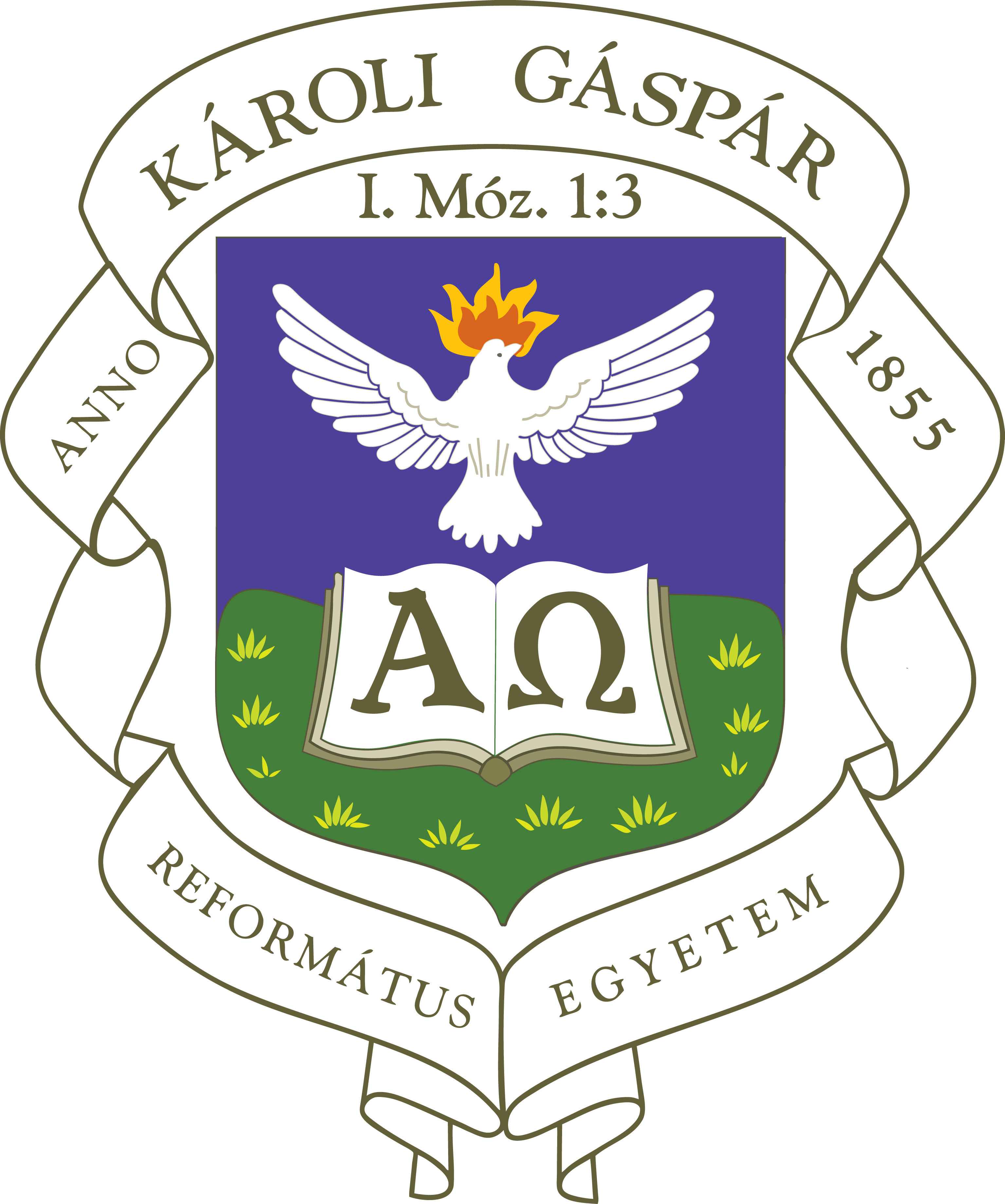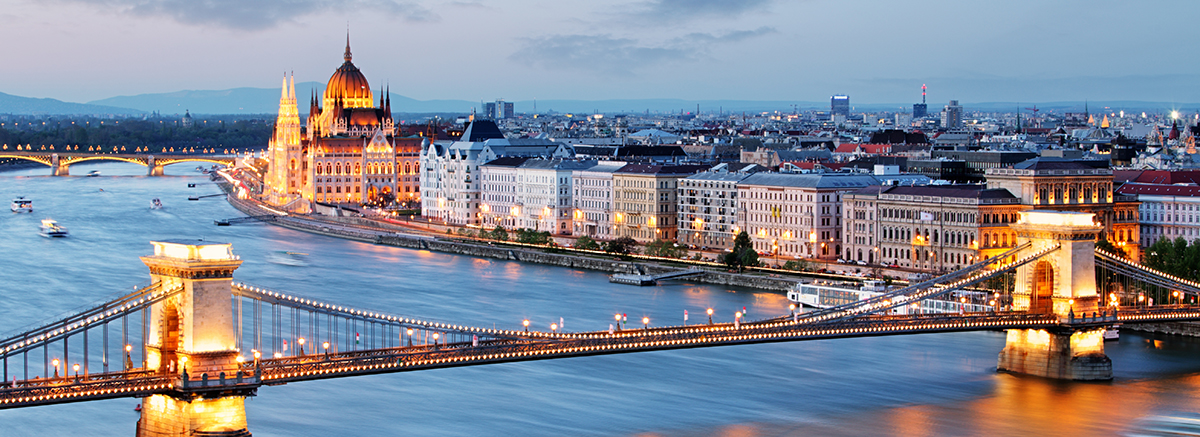

About Budapest

Budapest is Hungary’s capital and heart, as one-third of Hungary’s population lives in or around the city.
The area has been inhabited since the antiquity, first by the Celts, later by the Romans. Hungarians arrived in the 9th century. By the 15th century, under the rule of Matthias I, the city became a centre of Renaissance humanism. The current Budapest was born in 1873 with the unification of Pest, Buda and Óbuda. As a co-capital of the Austro-Hungarian Empire, the city proceeded to undergo one of the fastest development in European history, to become a centre of finance, art, education and technology. The still functioning Metro Line 1 opened in 1896, being Europe’s first and world’s second metro line after the London Underground.
Today, Budapest is a regional centre of commerce, fashion, entertainment, technology and education among else. Being 9th most populous city in the European Union, it is a home to not just Hungarians, but foreigners, who add to it’s cultural diversity, making Budapest a vivid and lively place.
There is a wide variety of landscapes form different ages such as the Parliament, Buda Castle, Gül Baba’s Tomb, the Opera House, Heroes’ Square, which all worth a visit. Central Budapest along the Danube river is one of the several UNESCO World Heritage Sites.
Budapest is famous for it’s bath culture. The city’s baths are open all year, visiting them is highly recommended, especially the Gellért and Széchenyi, which are unique in terms of architecture and water components.